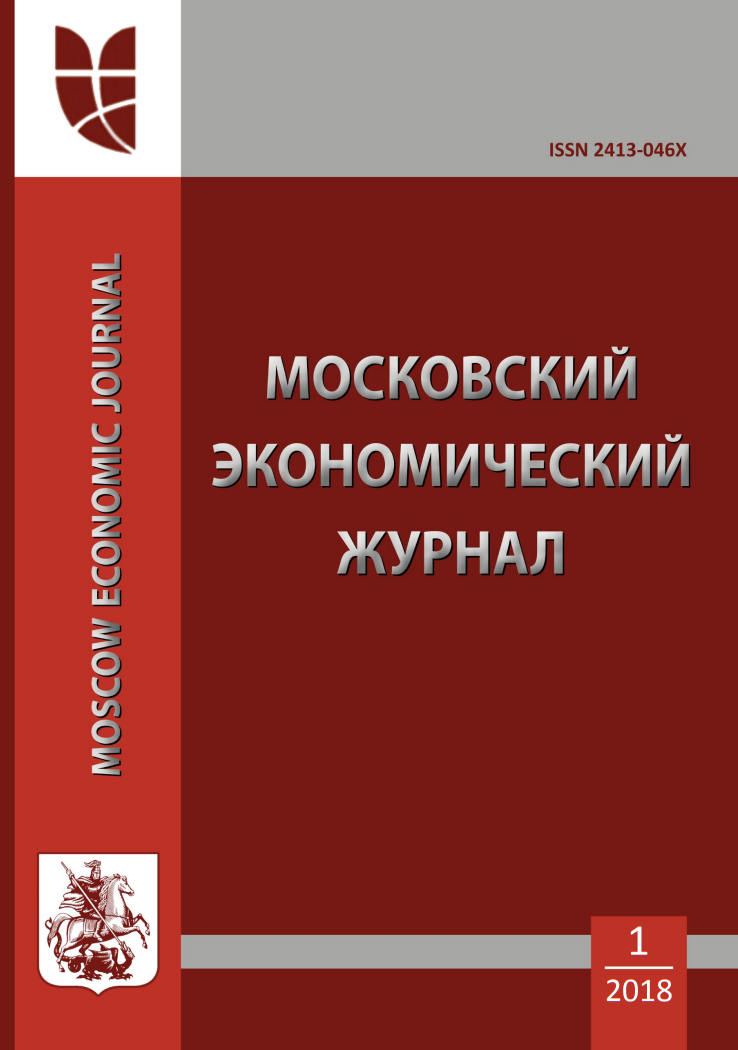Moscow, Moscow, Russian Federation
The agro-industrial complex of the country has a huge potential for the development of agricultural production, provided that a rational, scientifically based land use is provided, aimed at preserving, maintaining and multiplying the main land wealth - soil fertility. Russia has 9% of the world's productive land, while only about 2% of the world's agricultural output is produced on its territory. The area of agricultural land is 383.7 million hectares (22.4% of the land Fund of the Russian Federation). The area of arable land for 25 years has been reduced from up to 132,3 of 115.1 million hectares of Sustainable socio-economic development of Russia without the rational and efficient use of land used for agriculture, it is impossible. They are a key factor in ensuring food security as one of the main components of the country's national security, sustained growth and development of the economy, as well as a sphere of existence and a means of improving the quality of life of a large part of the population. This follows the main goals and objectives of the effective use of such lands: the need for conservation and efficient, effective use of agricultural land and agrolandscapes, creating conditions for increasing the production of high-quality and environmentally friendly agricultural products, provided the preservation of soil fertility, compliance with environmental requirements. In the analysis of trends and problems of development of land legislation were used materials of the parliamentary hearing and roundtables held in the State Duma of the Federal Assembly of the Russian Federation in 2017-2018 gg
agricultural land, land legislation, land protection, land management, agricultural land, soil fertility
1. Kashin V.I. Prioritety razvitiya sel'skogo hozyaystva Rossii // Kormoproizvodstvo. 2016. № 6. S. 3-8.
2. Volkov S.N., Komov N.V., Hlystun V.N. Kak dostich' effektivnogo upravleniya zemel'nymi resursami v Rossii? // Mezhdunarodnyy sel'skohozyaystvennyy zhurnal. 2015. № 3. S. 3-7.
3. Shagayda N.I., Fomin A.A. Sovershenstvovanie zemel'noy politiki v Rossiyskoy Federacii // Moskovskiy ekonomicheskiy zhurnal. 2017. № 3. S. 71.
4. Volkov S., Fomin A., Cherkashina E., Cherkashin K. Zemleustroitel'noe obespechenie perehoda ot kategorii zemel' k territorial'nomu zonirovaniyu v Rossiyskoy Federacii // Mezhdunarodnyy sel'skohozyaystvennyy zhurnal. 2015. № 5. S. 3-8.
5. Hlystun V.N. Chetvert' veka zemel'nyh preobrazovaniy: namereniya i rezul'taty // Ekonomika sel'skohozyaystvennyh i pererabatyvayuschih predpriyatiy. 2015. № 10. S. 13-17.
6. Volkov S.N., Lipski S.A. Pravovye i zemleustroitel'nye mery po vovlecheniyu neispol'zuemyh zemel' sel'skohozyaystvennogo naznacheniya v hozyaystvennyy oborot i obespecheniyu ih effektivnogo ispol'zovaniya // Zemleustroystvo, kadastr i monitoring zemel'. 2017. № 2. S. 5-10.
7. Vershinin V.V. Zemleustroitel'naya ekologiya: novoe nauchnoe napravlenie // Agrarnaya nauka. № 5. S. 4-7.
8. Ivanov A.L. Pochvennyy pokrov Rossii: sostoyanie, informacionnyy resurs, issledovatel'skie zadachi i prikladnye problemy (k 100-letiyu akademika G.V. Dobrovol'skogo): Doklad na plenarnom zasedanii mezhdunarodnoy nauchnoy konferencii «Rol' pochvy v biosfere i zhizni cheloveka». Moskva, 5-7 oktyabrya 2015 g.
9. Magel X., Thiel F., Espinoza X. Land policy and land management: international perspectives // Mezhdunarodnyy sel'skohozyaystvennyy zhurnal. № 4. S. 6-12.
10. Shevchenko T.V. Ekonomicheskaya effektivnost' intensifikacii v usloviyah Kaluzhskoy oblasti / Zemleustroystvo, kadastr i monitoring zemel', 2009. № 4 (52). S. 37-47.
11. Efremova L.B., Efremov A.A. Ustoychivost' sel'skohozyaystvennogo proizvodstva - neobhodimoe uslovie prodovol'stvennoy bezopasnosti / Zemleustroystvo, kadastr i monitoring zemel', 2010. № 8 (68). S 75-78.












